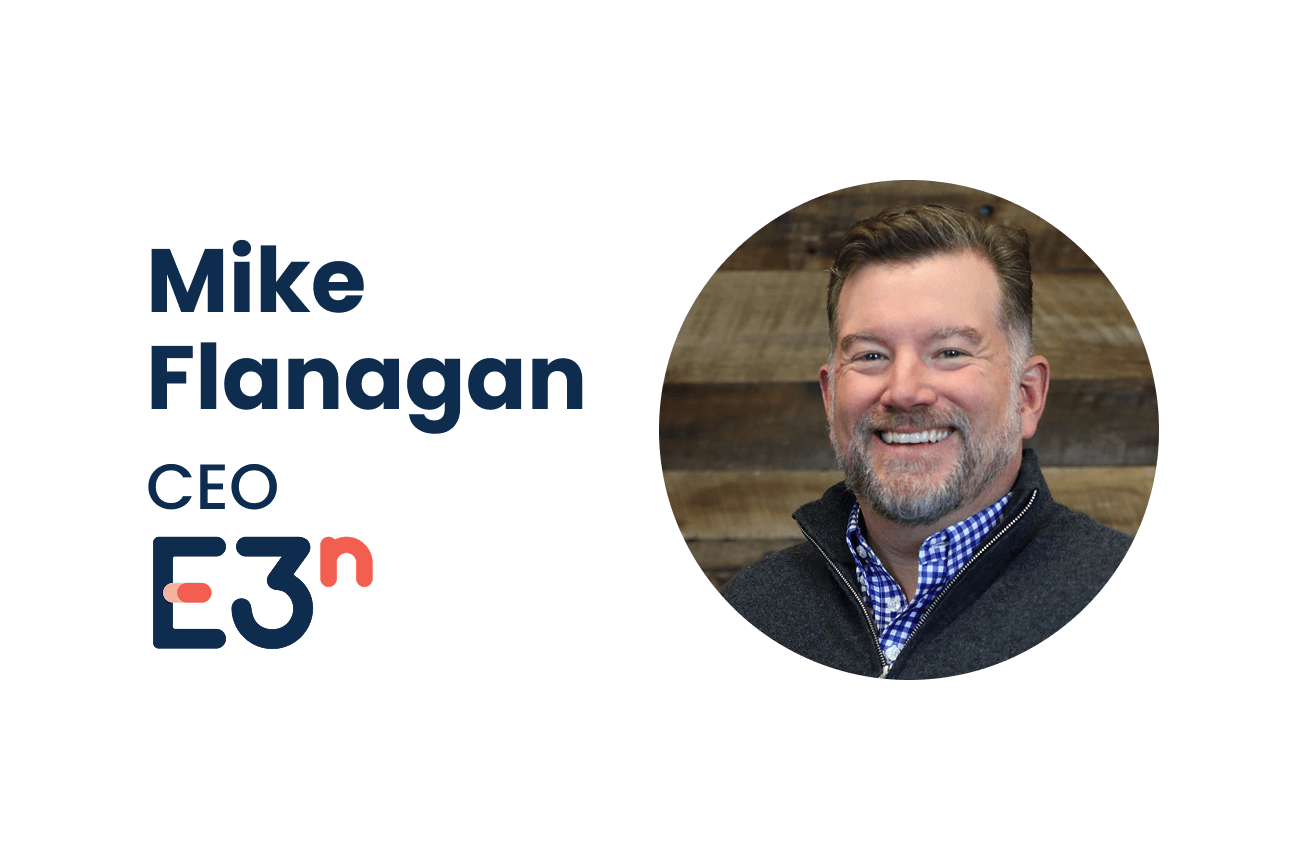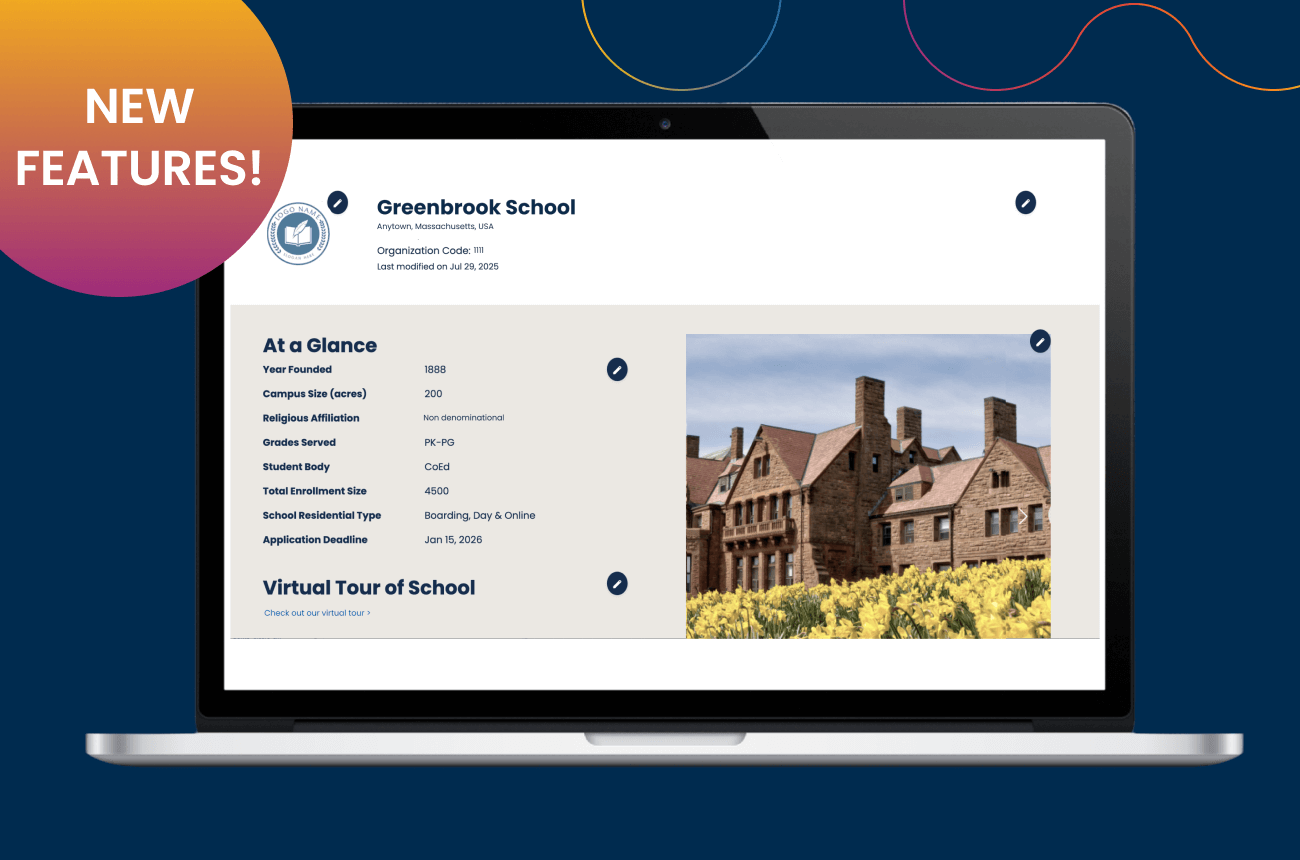An Interview with Henry Broaddus

From Memberanda, Fall 2012
Henry Broaddus, Associate Provost for Enrollment and Dean of Admission at The College of William & Mary in Williamsburg, Virginia, gave an inspiring address to nearly 80 attendees at Sidwell Friends School in Washington, DC, as part of the Admission Leadership Council’s regional seminar series titled “Admission: The Accidental Profession No More.” Memberanda asked Henry about his work at William & Mary, the challenges he faces, and how he views independent school admission.
What was your path to a career in admission?
My father was a farmer. “Yield” had a different but equally important meaning for him, so I come by it naturally. In my senior year at Dartmouth, I applied for a position in the admissions office on a whim. Ultimately the prospect of staying in Hanover, giving back to my alma mater, and giving myself time to figure out what my real career would be (certainly not in admission) was too good to refuse. Plus they gave me business cards.
What I didn’t expect out of the deal was to find a mentor in Dartmouth’s former Dean of Admission and Financial Aid, Karl Furstenberg. He taught me to love the work of college admission and to see what it can mean for a university and – at the risk of sounding grandiose – what it can mean for our society. It’s no surprise that two of the most important expansions of opportunity in U.S. history, the G.I. Bill and racial desegregation in the aftermath of Brown vs. Board of Education, both involved access to education. I discovered early on that influencing the composition of an applicant pool and a student body, even on its margins, can have profound and rewarding results.
What major lesson have you learned so far?
There are huge limits to our predictive powers, and human potential is a messy thing to measure. I’ve learned never to mistake an application for a student and never to think we know more than we actually do. The 1997 film Gattaca should be required viewing for anyone with too much confidence in his or her ability as a so-called gatekeeper.
What is your view of independent schools and their admission practices?
Although my opportunities are limited, I enjoy comparing notes with admission folks from independent schools. Their pools tend to be more regional than those of national universities, which can make it easier to isolate variables from year to year, and sometimes they see emerging trends a few years before they chart for us on the university side. Ultimately, good independent schools share many of the same goals as good universities: expanding access, diversifying their pools, and enrolling the best and brightest students. We speak a common language that provides a basis for sharing insights.
You were recently in the news for jettisoning the traditional viewbook and instead creating a multimedia, interactive vehicle called the Ampersandbox. Tell us why you made this gutsy move and how it’s played out.
Admission, like most of higher education, evolves slowly. Often this is a good thing, because it protects us from the rapid pace of overreaction and trend chasing. Unfortunately, many conventions outlive their usefulness or fail to change in response to how our constituents have changed. If you want proof, visit a college fair and ask yourself whether it’s very different from the ones you attended a generation ago. The basic structure of the college fair has remained constant despite dramatic changes to how students learn about universities.
Same thing goes for the college viewbook. Print still plays an important role (if nothing else, as a prop to facilitate conversations between students and parents), but the role of print needs to evolve. Viewbooks aren’t a primary resource anymore, because that’s what the internet has become. Viewbooks that want to be a primary resource end up unread in the recycle bin. They can’t compete.
What we tried to do with the Ampersandbox (a play on the words “ampersand” and “sandbox”) was to blow up our viewbook in order to create something new that fulfilled three primary objectives, which I’ve dubbed the three I’s: greater impact as a mailer, clear integration with a robust online resource, and interactivity that enables user-generated content.
The resulting publication is a sleeve filled with postcard-sized images, each of which features a colloquial word pair joined by an ampersand in the style of William & Mary. “Bread & Butter,” for example, appears on a picture of library books, because our students have an insatiable appetite for reading and our library is popular as a social space. Each card has a pithy write-up on the back and a unique URL that takes the browser to related content on the Ampersandbox website. The site mirrors the aesthetic of the cards and enables users to submit their own word pairs that can be shared on Facebook or via Twitter.
William & Mary uses the Common Application exclusively. Can you tell us why?
We recognize that the competitiveness of applicant pools has reached a point where students feel compelled to behave strategically by submitting more applications. Whether they should be applying to so many colleges and universities is a worthy topic for debate, but I believe we must be pragmatic about the fact that they are. In this respect the Common Application is one of the most humane creations of the past several decades, because it prevents college applications from taking as much time to complete as a term paper for senior English.
How can admission offices measure the effectiveness of their current materials?
I’m suspicious of anyone who draws clean lines of cause and effect in admission, but, especially in times of scarcity, presidents and boards rightly expect us to demonstrate return on investment to the extent we are able. In addition to the traditional metrics, including pool growth by segment, admit rates, and yield, we pay close attention to qualitative feedback from students and parents.
One of the most important opportunities to measure the effectiveness of recruitment materials happens on the front end, during concept development. When we were in the early stages of creating the Ampersandbox, we used internal focus groups of current students in addition to external focus groups of prospective applicants. Current students were brutal, and they had no tolerance for anything that struck them as inauthentic. They helped us make the Ampersandbox an amplification of William & Mary’s distinctiveness rather than another echo of what all universities say about themselves.
Independent schools are struggling with the introduction of multiple technologies into an admission process that has long been marked by an individual approach. How has William & Mary (and higher education) managed the juxtaposition of these two important elements?
I think there are exciting ways in which technology enables more personal and individual attention, not less. At W&M we are in the process of implementing a CRM that will enhance our ability to communicate with students in accordance with the contextual cues their behavior as prospects or their expressed academic interests give us.
If we can build better communication sequences to connect high school students who are interested in biology with an article about a W&M freshman seminar that discovered a new strain of bacteriophage, or high school students interested in foreign affairs to a tweet by the international editor of The Economist in which he referenced original research by a W&M senior, we’re using the technology to accomplish what good admission officers do so well in person. They learn about prospective students’ interests, and they tell compelling stories about the opportunities available to those with similar interests at their college or university.
How does William & Mary do social media? Facebook? Twitter? Do multiple people in the office submit posts/tweets?
Multiple people in the office have responsibilities for managing different social media channels, but their efforts are coordinated by Associate Dean Wendy Livingston, the mastermind who writes our “Admit It!” admission blog. All of these staffers, by the way, also have traditional admission responsibilities, including the management of a geographic territory, reviewing applications, and making presentations to campus visitors. We have no staff in the admission office dedicated exclusively to social media.
Personally, I’ve written blog entries for our website and for The Washington Post, but perhaps the most fun I have with social media comes from monitoring a Twitter search I set up for any mentions of W&M. Sometimes when parents or students tweet about their campus visit, I’m able to respond to them directly.
How important is international recruiting for William & Mary? What are your “primary” markets? How does it differ from your domestic recruitment? What do you see as emerging markets for international recruiting?
International recruitment is a priority, but international travel can be cost prohibitive. We focus on using technology such as Skype to connect with counselors and students at international schools. We also collaborate with W&M’s Reves Center for International Studies and our colleagues in Scotland at the University of St. Andrews (with which W&M offers a joint degree in four different majors) in order to expand our global reach. I’m personally involved in several external ventures, including a program funded by the State Department on behalf of students at American International Schools that indirectly benefits W&M’s standing internationally.
International students often do not begin with the same familiarity with U.S. higher education that domestic students have, which has implications for the ways we communicate. Sometimes international students make assumptions about what the word “college” means, for example. We also have to be sensitive and up front about the fact that at W&M we do not have financial aid for international students in the same way that we do for U.S. citizens and permanent residents. In the class that enrolled this past fall, 6 percent of the freshmen were non-resident international students, most of them Chinese or Korean. China, in particular, is where most of our growth has occurred, and it’s where I’m most confident the growth will continue.
What is the biggest challenge your office faces, and how are you tackling it?
Application volume keeps growing, partly as a result of our success in recruitment, but the staff and the budget don’t grow in accordance with the pool. That compels us to find ways to do more work and better work with a fixed amount of time and resources. It also requires us to balance the demands of a recruitment process that runs year round with a selection process that warrants almost all of our attention from November until April. There’s no easy solution, but we hire talented and creative staff who are committed to their work. Then we give them as much flexibility and autonomy as possible, and they consistently amaze me. Like the students here, they’re all overachievers.




